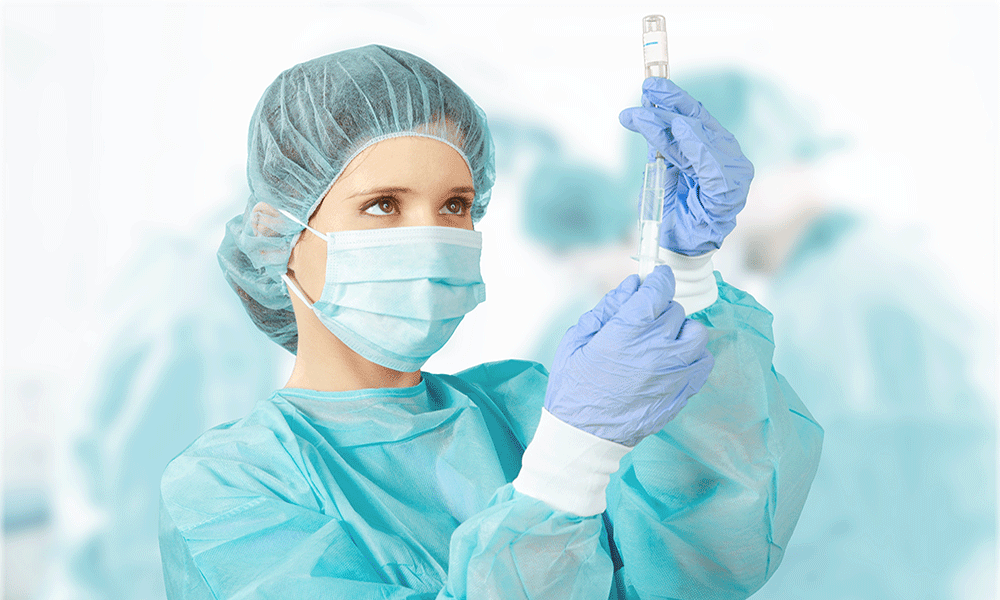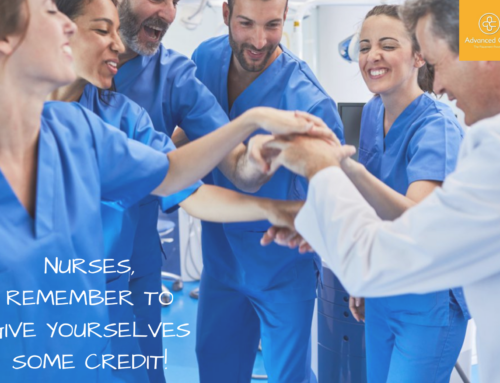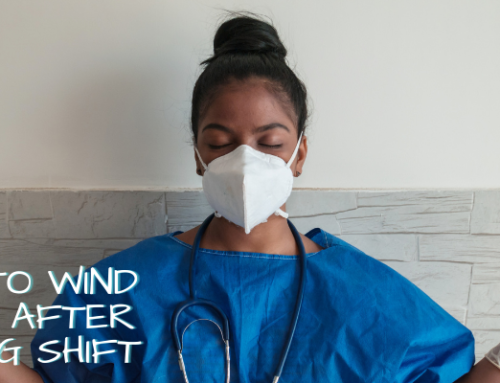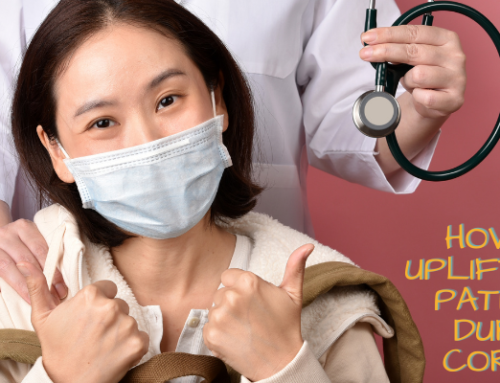“An amazing experience shared by a very brave RN – Lauren Aichele”
One month after the devastating earthquake that rocked Haiti, the disaster is fading from the daily news cycle.
But to the courageous and dedicated volunteers and relief workers who have been assisting with the healing mission, the mission is far from over, and will continue. As the international president of Doctors Without Borders noted recently, “It’s going to be a very long recovery.”
Registered nurses who volunteered with the National Nurses United’s Registered Nurse Response Network have been part of the healing and recovery process, and are reporting back with compelling accounts of their experiences.
The following is a firsthand report from Lauren Aichele, an operating room RN at the University of California, San Francisco Medical Center, after her return from two weeks aboard the U.S. Navy medical ship, the USNS Comfort:
February 2, 2010 was the beginning of what would be the most exciting and rewarding experience that I have ever been involved in.
A little over 24 hours prior, I had learned of my deployment to Haiti. I felt so honored to be among the National Nurses United/RN Response Network nurses to be a part of Operation Unified Response on board the USNS Comfort Navy Ship.
I quickly packed my bags, filled out paperwork, got the necessary injections, and left San Francisco at 6 a.m. that morning to head to Jacksonville, FL. This is where I met the incredible people with whom I would share this experience. We were greeted by the United States Navy, and from day 1 until the end, they could not have been more gracious and grateful. They went above and beyond to make sure everything was perfect for us.
After a briefing from the Navy the next morning, we flew from the Naval Base in Jacksonville to Port au Prince, where we arrived at dark. The town looked horrifying with people living in the streets and in whatever shelter they could throw together with sheets, boxes, etc. Rubble littered the dark streets and there were small fires everywhere, which may have been used for cooking or just to have some light. The scene was surreal and quite unsettling, and I was happy our bus was guarded at the door with U.S. military staff with guns.
We arrived at the ship by small boats. We were then assigned a place to sleep, filled out paperwork, had a late dinner and got to bed in time for a few hours of sleep before getting up to start our first full day. After breakfast and an orientation we started working!
During these two weeks, I had never seen so many broken bones and such traumatic injuries: fractures of the pelvis, tibia, fibula, femur, ulna, radius, hand, humerus, talus, spine, condylar fractures, and facial fractures. People had been waiting for weeks to have their surgeries.
At this point, the fractures were healing which made them more difficult to fix. There were numerous pressure sores from people being stuck under the rubble for so long. There were head injuries, amputations, and many debridements.
Many bones were crushed, infections were setting in, and there were multiple bring-backs. Some people had multiple broken bones. Tuberculosis and tetanus were seen. People had been paralyzed. There was also a trickling in of injuries unrelated to the earthquake, from car accidents, a kid falling out of a mango tree, and things of this sort.
There were many children as well as adults. One child who stood out in my mind had been found in an orphanage after the earthquake. He was all by himself and had a huge tumor on his eye. They did not know his name or age and called him “John”. They think he was around age 10. He couldn’t walk or talk and someone drove him by motorcycle to a Haitian hospital before he was flown to the ship. He wanted to bump fists with everyone he saw and it was touching to see him happy, despite what he had been through.
There was a 12 year old girl with a crushed tibia who came back for surgery multiple times and showed unimaginable strength. The translators were trying to get in touch with her father to let him know where she was. One guy in his 20’s came in with his arm hanging off and through it all he continued to wear a huge smile on his face.
Some people had to choose between amputation or death because of gangrene. Some chose death. One middle-aged woman who needed her arm amputated refused to speak after an amputation was mentioned, and she was brought to the OR many times for debridements and trying to save her arm.
There were many stories and it’s tough to imagine what these people have endured. Some have lost family members and friends. Many were malnourished. People were in terrible pain. It’s not easy thinking about what will happen to these people when they leave the ship to go back to the island. Some will need a lot of follow-up care, and I can’t help but wonder if they will get it. Where will they live? What will they eat? Who will take care of them? These are the questions that plague me.
The two weeks went fast, and I didn’t feel ready to leave. I wanted to do more. On the way back to the airport, we saw Port au Prince during the day. People seemed to be moving on with their lives as best as they could; kids were playing and looked happy. Their resilience is unreal.
My heart goes out to the Haitians. This was an experience I would not trade for the world.





